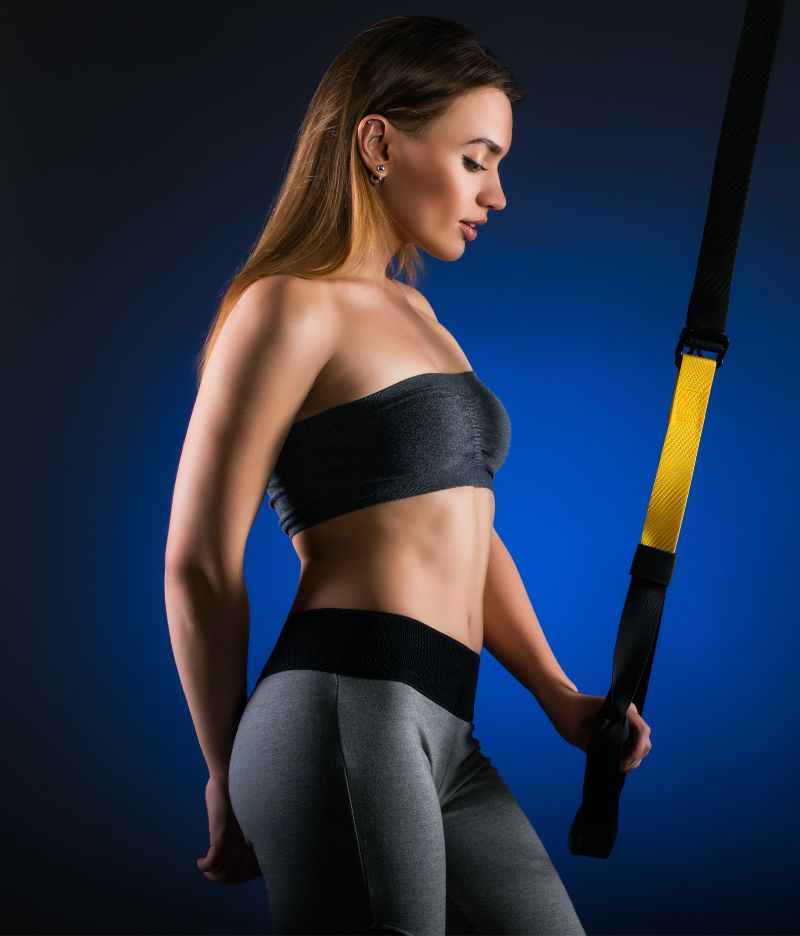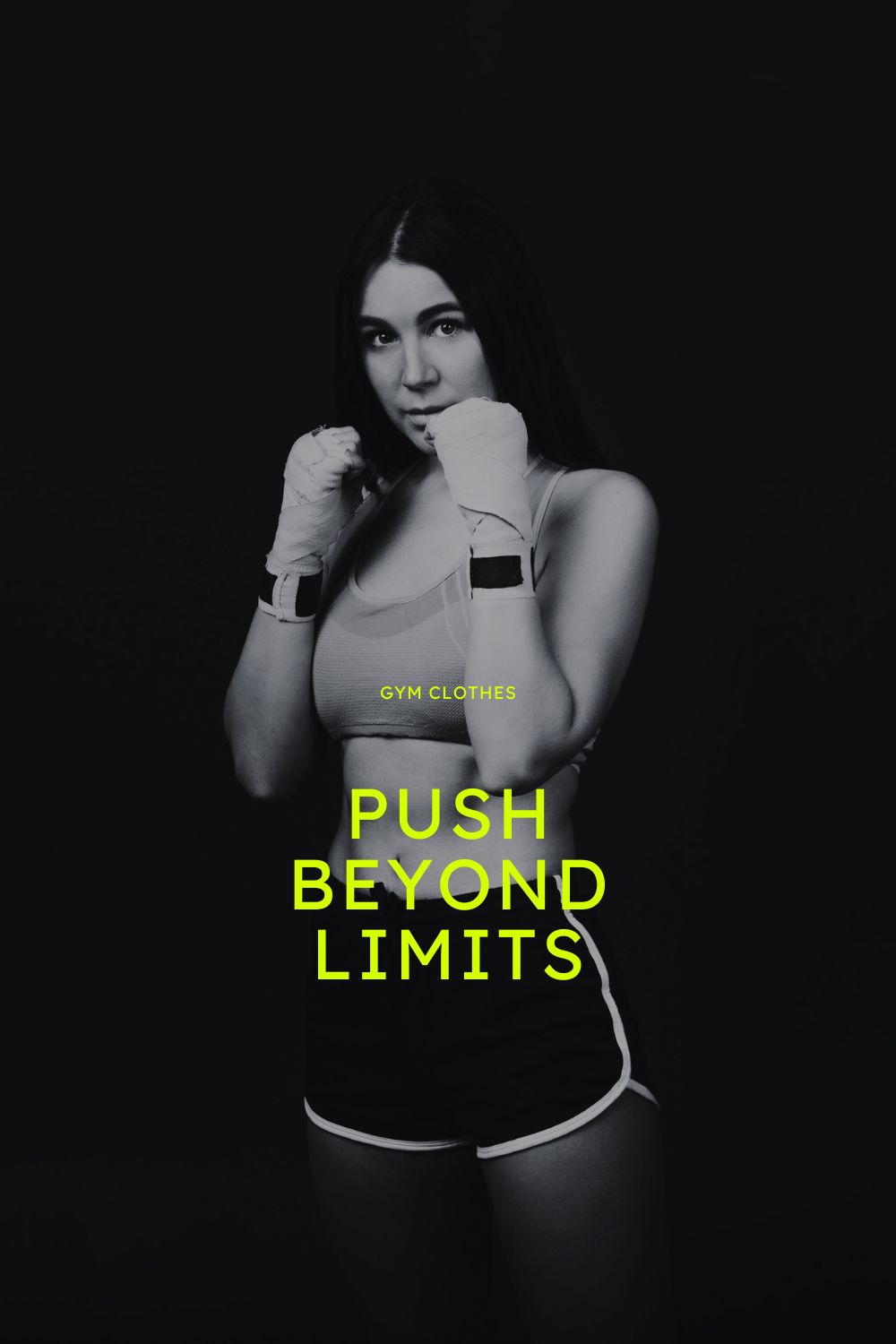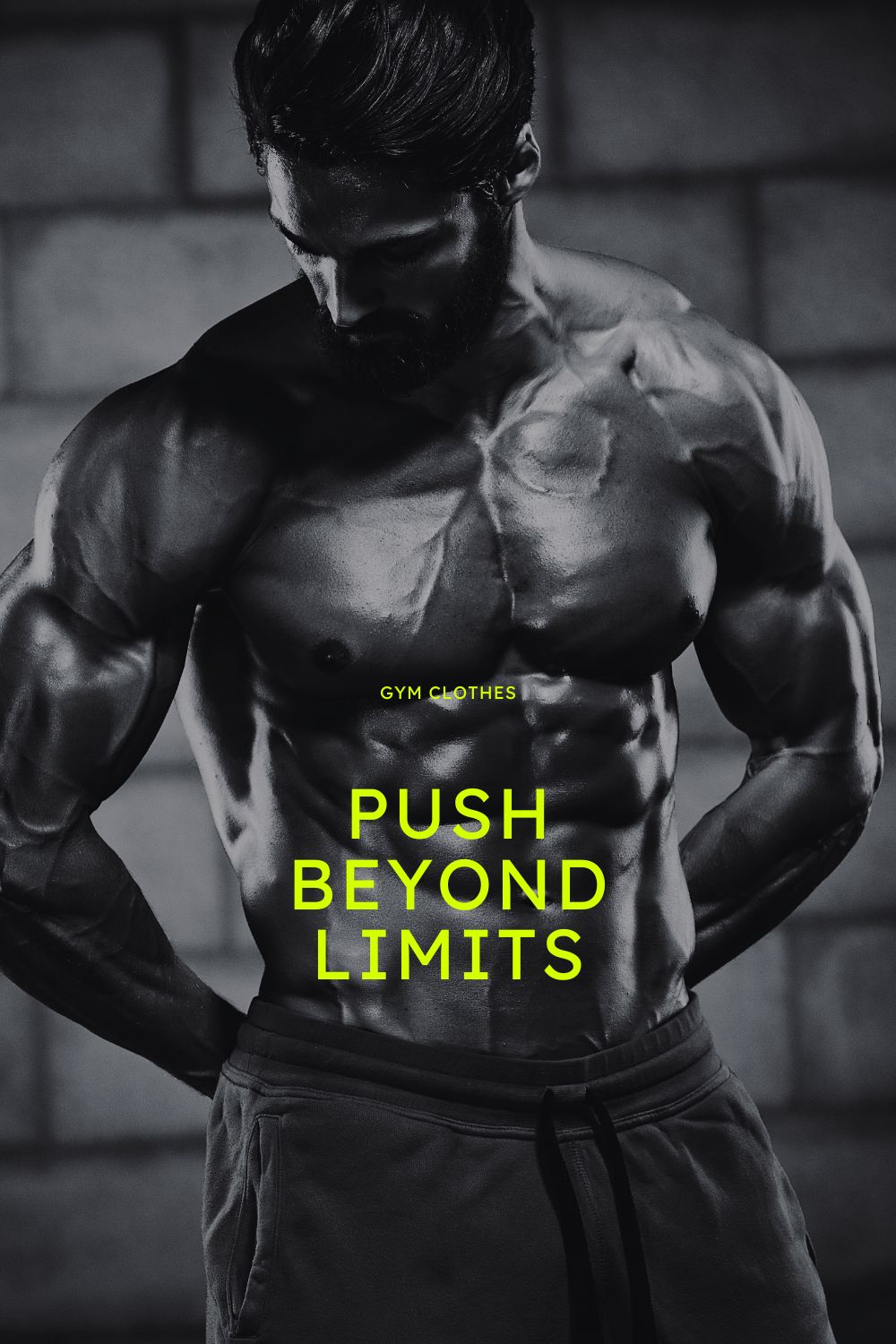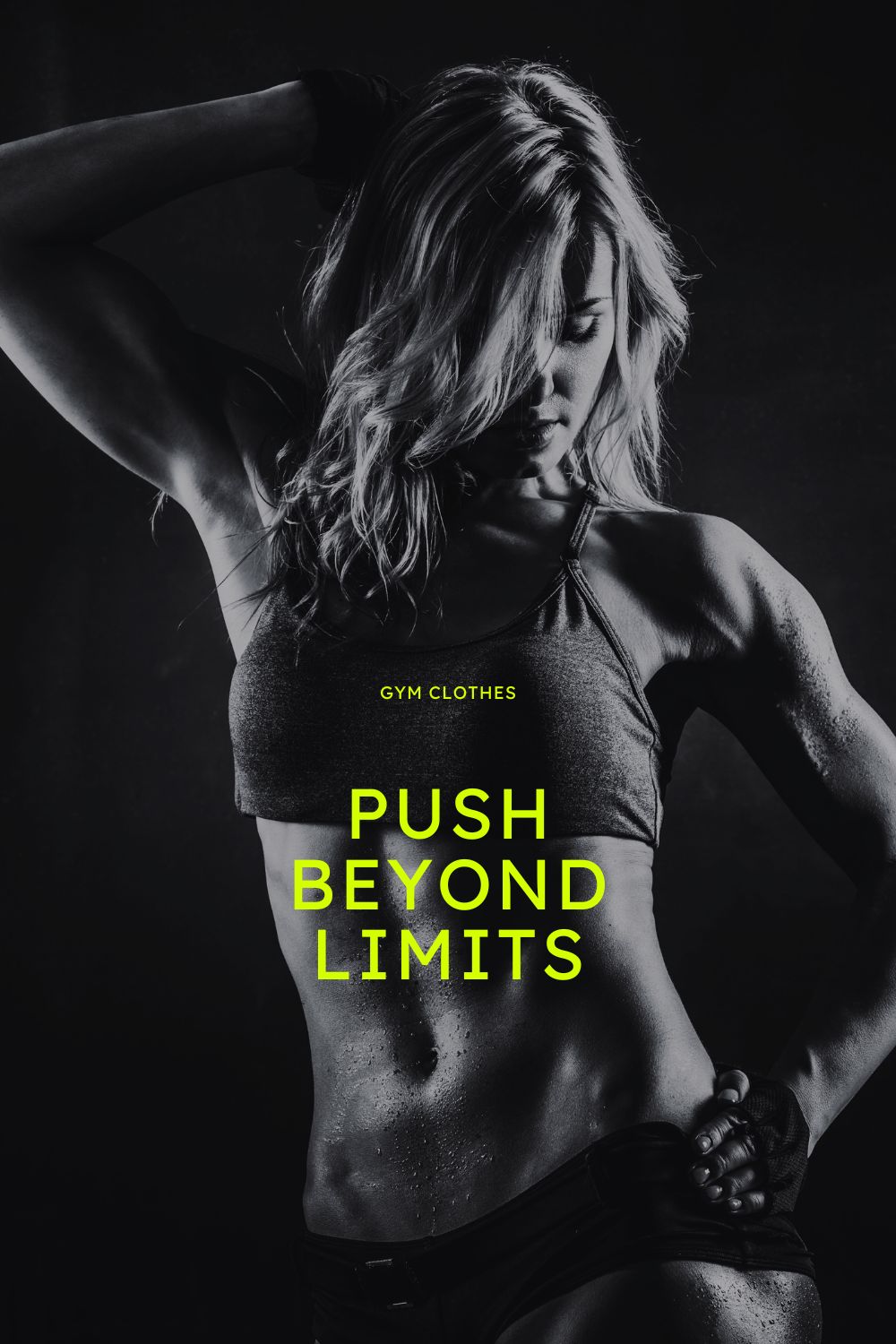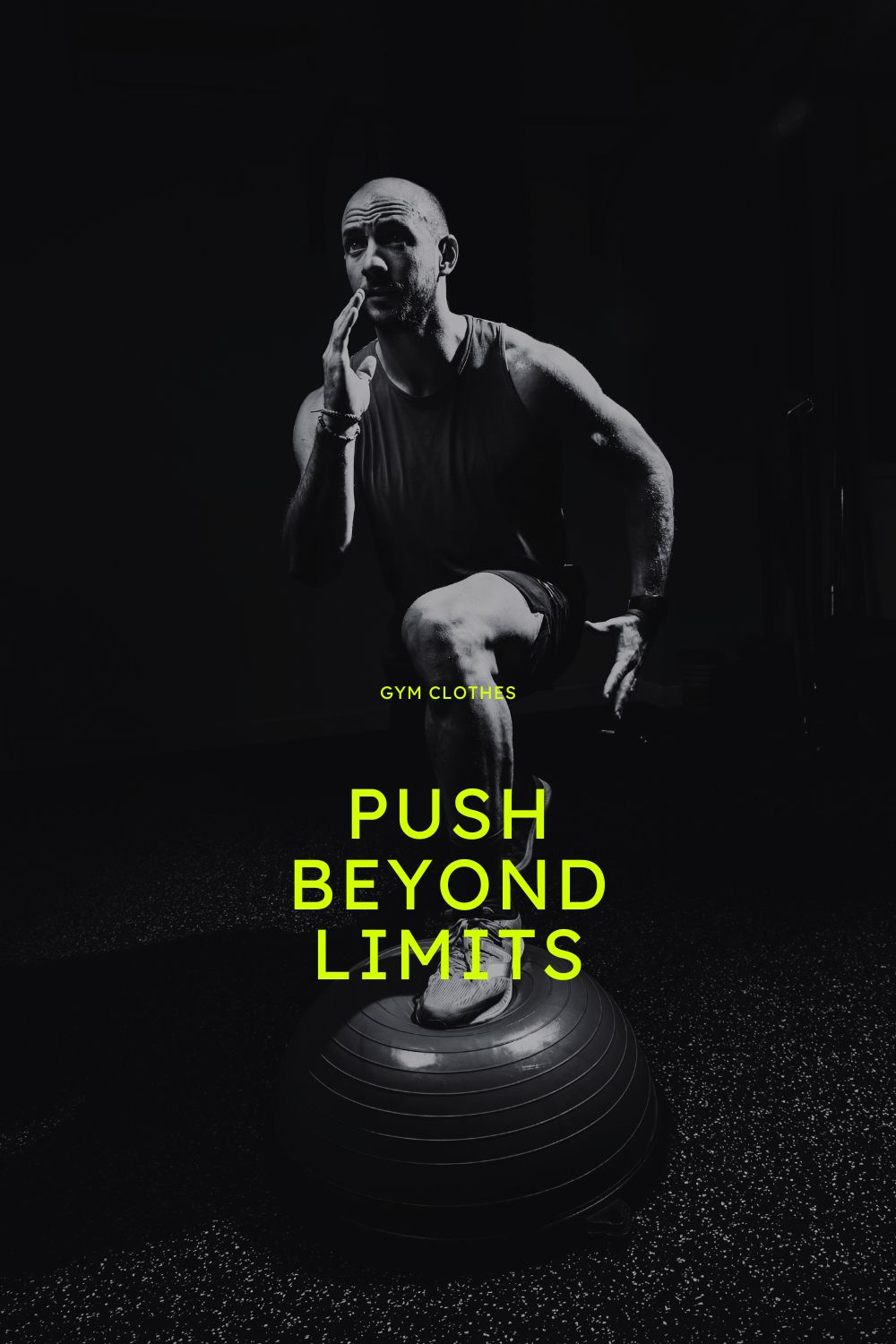How To Start A Gym Clothing Line: 4 Trends To Leverage
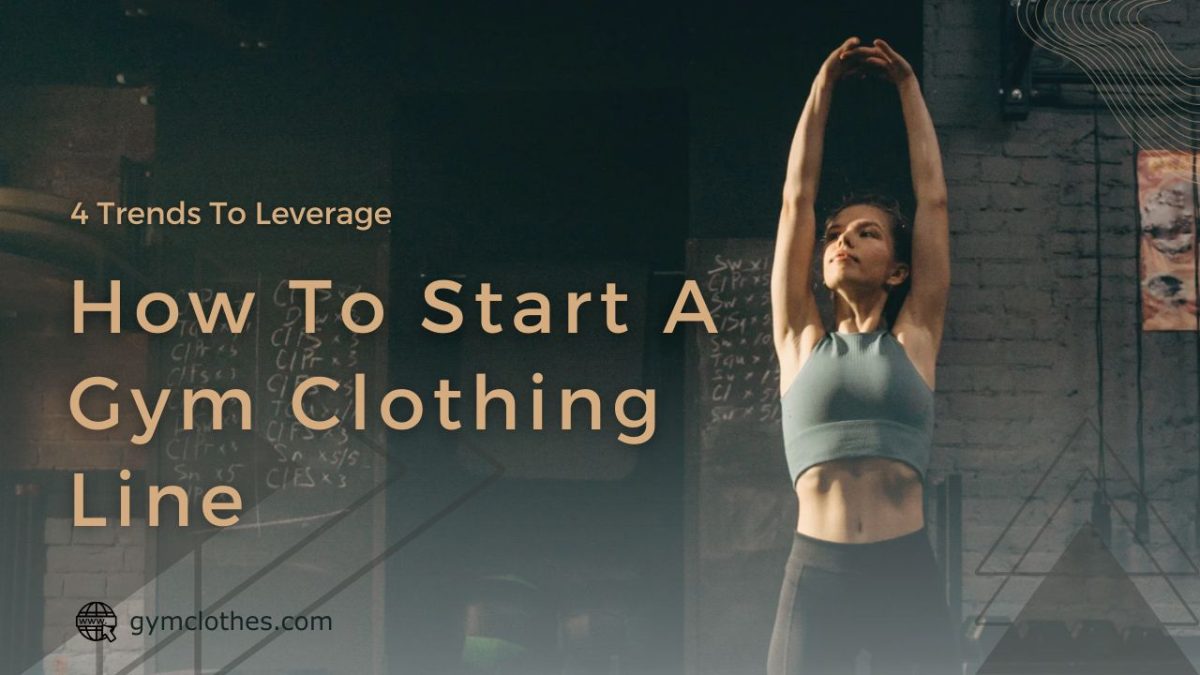
You’re not just printing logos on gym wear. You’re building something people train in, stretch in, maybe even compete in.
It’s a different kind of product. And if you’ve been thinking about how to start a fitness clothing line, you already get that.
Maybe you’ve noticed your favorite leggings always roll down. Or that men’s shorts either feel like board shorts or boxers.
That kind of detail sticks with you.
Most of the people starting their own brand gym clothing line didn’t wake up and decide it on a whim. They were already wearing activewear every day. Then one day, something clicked: this should exist, and it doesn’t.
The idea’s not the hard part. The hard part is making it real.
Here’s a broad action plan that will help you get started:
Lay the Groundwork with a Focused Business Plan
Treat this like you’re designing a workout plan—targeted, efficient, and built for results.
Skip the bloated docs and polished decks. You don’t need them yet. Start by writing out the basics: who exactly are you making this gear for? If the answer sounds vague, you’re not ready. Narrow it down.
Here’s an example: 25–35-year-old women who train five days a week, follow creators like Krissy Cela, and want squat-proof gear that doesn’t scream “influencer brand.”
Write that down. Then go deeper—how many pieces are in your first drop? Are you shipping yourself or using a 3PL? Are you pricing this like the most celebrated brands or thinking different?
You don’t need fancy tools. A Google Sheet and a week of honest research will do more than any fancy planning software.
Also, don’t make decisions in a vacuum. Read reviews on top-selling items. Scroll Reddit threads where people complain about sizing.
Follow a few personal trainers and watch what they’re wearing every week—not during shoots, but in actual sessions.
Partner with a Manufacturer Who Gets It
This part trips up a lot of first-time founders.
You’ll find plenty of sites offering “custom gear” with fast turnaround and low MOQs. But once you ask for real answers—like lead times, sampling options, or fabric specs—many disappear. Some send poor-quality samples. Others overpromise and underdeliver.
We’ve built our process at Gym Clothes around working with startup brands. That means low minimums, flexible production runs, and real back-and-forth on design, sizing, and timelines. Whether you’re white-labeling or starting from scratch, we help shape products that can grow with your brand.
Still, your side of the process matters just as much. Always test samples: wear them, wash them, stretch them out. Try different sizes on real people. Check how seams hold up. Look at zippers, waistband stretch, fabric feel—every detail counts.
And make sure communication’s solid. A fast reply beats a lower quote when you’re on a tight timeline.
Set Up for Scale from Day One
Your systems don’t need to be perfect. But they must be ready.
Register your business. Sort your tax structure. Open a business bank account. Build out a basic website—even if you’re launching only through Instagram. You’ll need a place to direct people.
Then build your brand kit. Logos, colors, fonts, tagline. Use these everywhere—on packaging, digital banners, hangtags. Consistency helps trust grow faster.
Start building your waitlist early. Even if you’re not selling yet, get emails.
Let people follow the journey. Document it. Share your sketches. Ask for feedback. Make them feel like they’re shaping something with you.
Work with fitness influencers with small but active communities. A few loyal advocates can outperform bigger names who barely engage.
And keep things tight. Start with just a few pieces. Launch a focused collection that solves a clear problem—better fit, more flex, stylish but not flashy. Make every piece earn its place.
Use These Trends to Scale Smarter
Now that your base is solid, scale with what’s resonating. Here’s where attention shifts in 2025—and where your brand can grow fast if you move smart.
1. Eco-Conscious Materials Speak Louder Now
Fitness lovers care about what they wear—how it feels and what it stands for.
Recycled polyester, organic cotton, bamboo viscose. These aren’t marketing buzzwords anymore—they’re real expectations. Materials like biodegradable nylon and regenerated elastane blends are gaining traction.
Labels that make their sustainability story clear—without preaching—tend to earn more loyalty.
Just be honest. Share what your product includes, how it’s sourced, and what you’re still working on.
2. Loud Colors and Visual Punch
Neutrals won’t cut through anymore. 2025 is all about color.
Designers are playing with iridescent finishes, abstract dye effects, and retro neon. Even mesh panels and piping are getting a metallic twist.
This doesn’t mean you need to go full rave—but throwing a bold element into even a minimalist set can make your brand pop on feeds.
3. All-Day Athleisure Is Now Expected
Gym clothes can’t feel like uniforms.
More people want sets that work for the gym, coffee runs, and remote meetings. Wrap jackets that look smart layered over sports bras. Joggers that double as airport wear.
Design gear that transitions. Go beyond just functional—make it feel styled, but effortless.
4. Real Fit for Real Bodies
A brand that skips inclusive sizing is choosing to limit growth.
Design with different builds in mind. A medium on a lifter looks different than on a runner. Don’t just scale patterns—adjust proportions.
Fit testing matters. Invite early supporters of all shapes to wear your samples. Take notes. Adjust. Repeat.
This is how you build gear that actually fits—and how you earn the kind of word-of-mouth that ads can’t buy.
Final Thoughts
The gym wear space may feel crowded, but there’s always room for something that feels fresh and real.
If you stay close to your buyers, design with purpose, and partner with people who know how to support you—it’s absolutely possible.
We’ve seen it happen. We’ve helped make it happen.
If you’re ready to create your own activewear line, our team at Gym Clothes is always ready to support you with production, sampling, and ideas that work for startups.
Whether you need activewear manufacturers for startups or just want to learn how to start an activewear line with the right foundation—we’ve got you!
Just start with something simple. Something true to you. The rest tends to follow.
